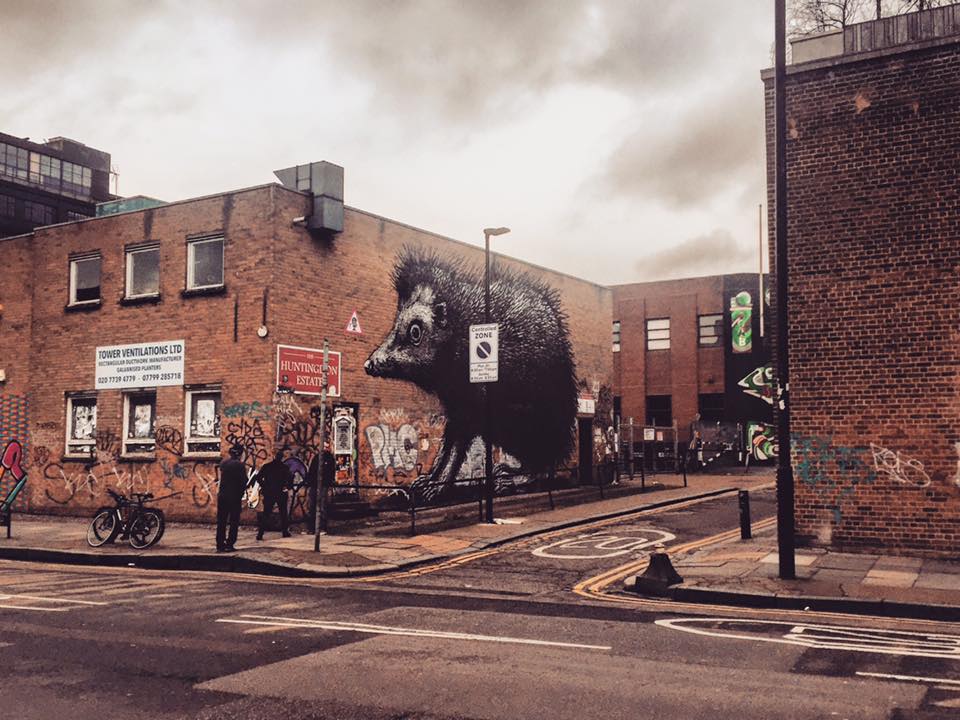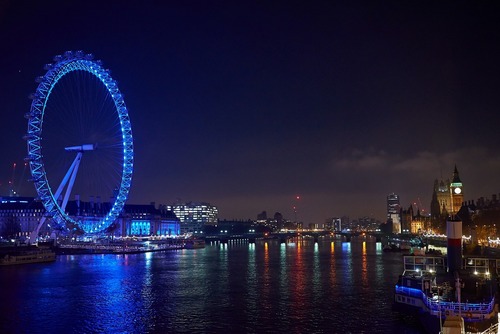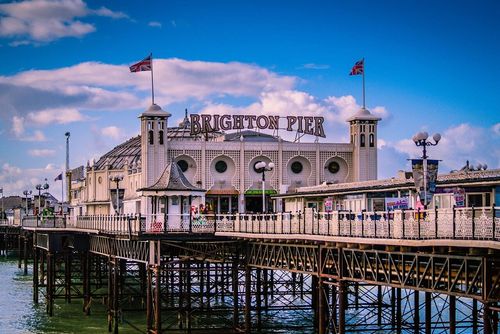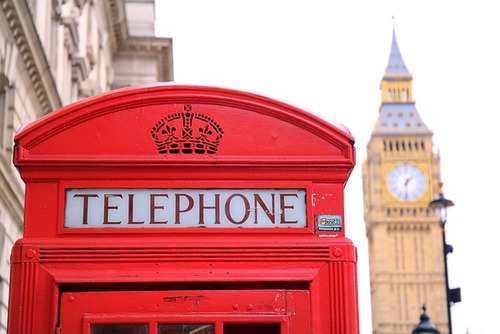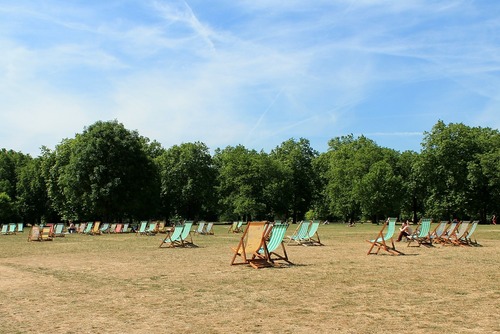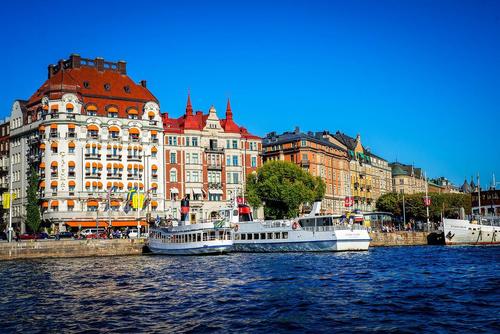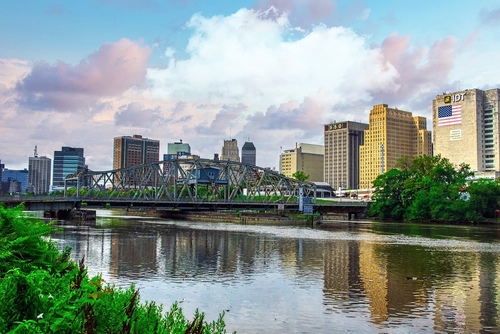Or where to spend a Sunday afternoon or to experience the most unconventional and relaxed atmosphere in the buzzing London? Have you ever wandered around in wanderlust and found a street so amazing, vibrant and full of interesting things to see and do?
You need to check out Brick Lane.
Eeva Maria Karhunen recently visited London and fell in love with this area and shares her experience for why you will too.
Venture Off the Normal Tourist Trail
If you would like to get out of the main tourist araes like Covent Garden, Soho and Camden Town to enjoy a new cool and hip place then Brick Lane is definitely a place to see, experience and enjoy.
There are so many things about this district that make it appealing including the vintage markets, quirky shops, contemporary statues on top of buildings and the beautifully painted walls.
What Makes Brick Lane Different
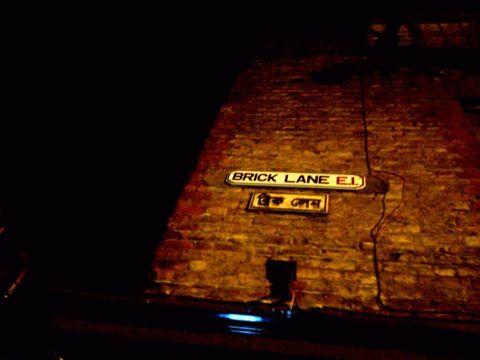
Brick Lane isn’t too well known yet to the average tourist who is interested in checking out places like the M&M Museum or Big Ben but now more tourist guide books are taking Brick Lane into consideration due to the entertainment, shopping, sightseeing and nightlife on offer.
Unlike most famous tourist attractions in London like Oxford Circus or the City, Brick Lane has no glass wall buildings or fancy brassiere. There is no McDonald's and there is a chance to escape other global restaurant chains, market and stores.
The area offers a great amount of different experiences - from seeing murals of wall paintings, haggling for goods and smelling the gorgeous scents of various worldwide dishes sold from vendors in little sheds – Brick Lane is the most underrated places for international tourists visiting London.
History
The district called Banglatown where Brick Lane is located has historically been known for immigration and refugees from all over Asia making this area home for the past 50 years.
The district is also known for clashes between the traditional English working class and immigrants not so long ago in the 1960's and the 1970's.
These troubles has long subsided to now create a tolerant, unprejudiced and racism-free district that celebrates the diversity of the multicultural district, welcoming new lifestyles like Copenhagen Christiania reinvented.
Art, Fashion & Crafts
The district is famous for its history of multicultural diversity but not to forget, even more famous for its centuries old history of art and craftsmanship. The beautiful, industrial-like buildings have a history of silk weavers and import.
These are the buildings where silk was made for the finest of likings. There would be a shop in the end of the street taking in orders and selling the end-product whereas the windows upstairs the shop would shed the light into the rooms where silk was weaved.
Making lace wasn't uncommon either in the area. London, but also all England is known for its astonishing lace used in trending summer dresses and cool wedding gowns, in curtains and in other home garments.
This history in fashion and fabric is still shown in the various events and happenings taking place during the London Fashion Week. The district is packed with open entry and free to attend fashion shows but nonetheless if not in town for the events there is a flee market, bazaar and especially busy clothing market every Sunday at the Petticoat Lane.
It is though overrated that Sunday should be the day to go there. Lines and lines of colourful clothes hang on racks with Sale!-signs tapered on them. The locals don't even expect to make big money more than spend time with their loved ones, standing there on the street with summer dresses, shoes or whatever is on season.
Other Things to Expect
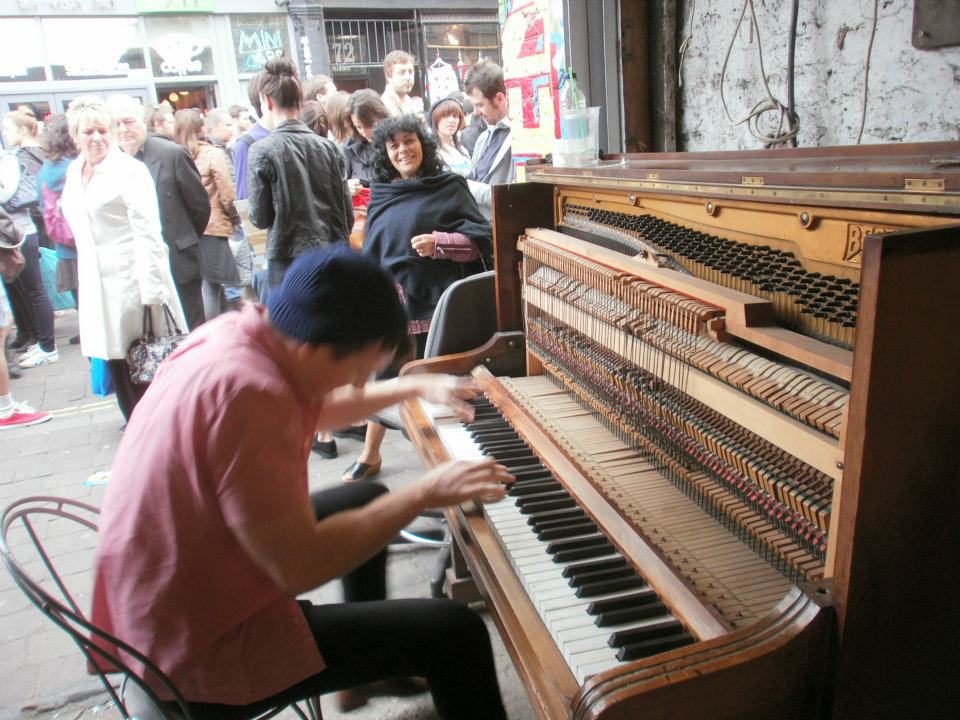
Even if not looking into buying new items or vintage ones worn by hipsters and fashionistas, the area has plenty to enjoy. Just looking around the cobblestone streets and taking an another turn reveals the vivid and lively street life that everybody visiting London just should experience even once.
Walking around you can also catch a party in bars and clubs which open early most afternoons. The parties take place in venues like old breweries and disco that are open for public to visit even way before afternoon tea. If clubbing is your thing but staying up late sounds like a horrible deal is going raving before dinner the best way to get to know people here and let your hair down.
Graffiti & Street Art
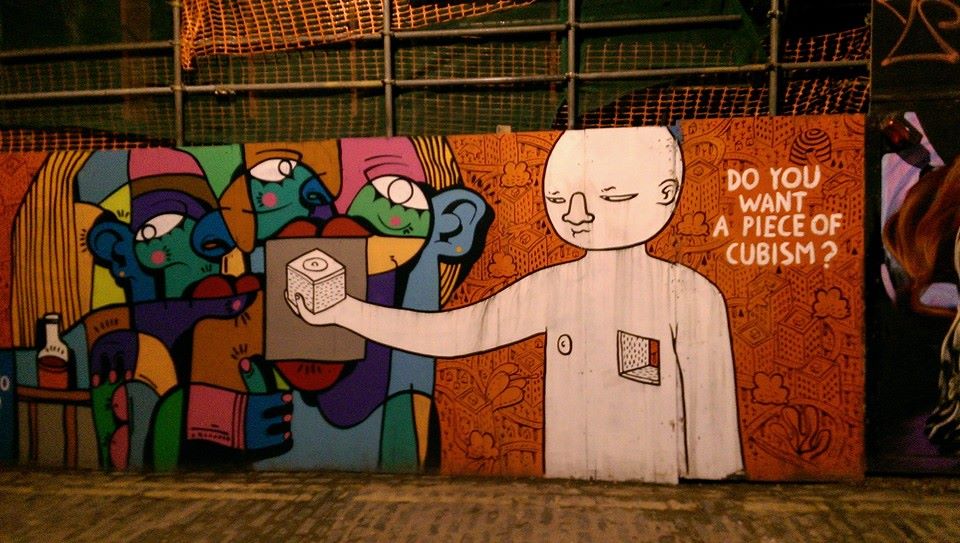
Street art is well represented in the area that has transformed the street to be its finest gallery space.
The endless murals of graffiti invite tourists to take pictures of and even offer a lecture space for art schoolers to learn about the contemporary art world changing every day as we simply walk pass it on the streets of this friendly, compassionate, small and open air district full of life, love and hope for the future for everywhere in the world to be so welcoming.
How to Get There
Whitechapel underground stop takes you easily a walk away from the centre of Brick Lane. You can also catch the overland to Shoreditch highstreet or walk from Liverpool Street station. Brick Lane is also easily accessibly via local bus routes.
By Eeva Maria Karhunen
Related Pages

